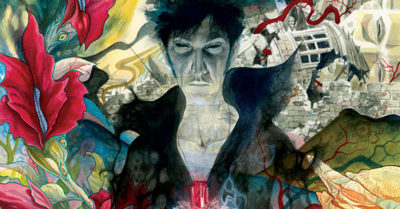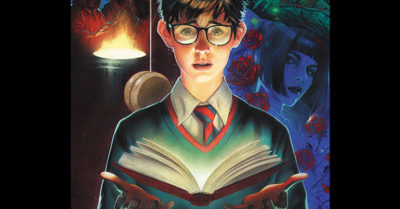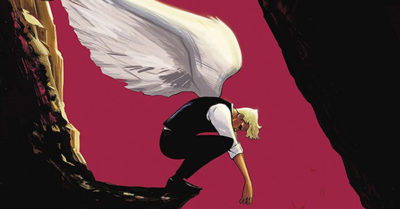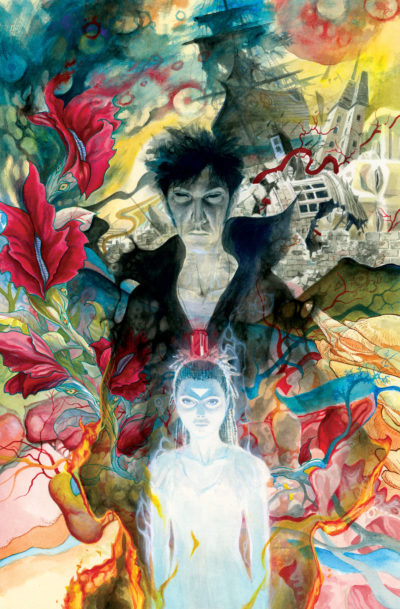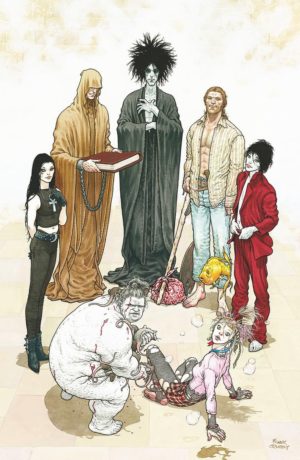Today’s new guide Patrons of Crushing Krisis is actually three guides (or maybe four, by the time you read this), which seems like overkill for what is essentially a single title with an obvious ten-volume paperback line. But, it’s really so much more than that…
Sandman Universe – The Definitive Reading Order and Collecting Guide
+
Books of Magic – The Definitive Reading Order and Collecting Guide
+
Lucifer – The Definitive Reading Order and Collecting Guide
I am fascinated by how Neil Gaiman’s The Sandman (and, in fact, all of the extended Sandman Universe) bridges the gap between comic books and serious literature.
That fascination has lasted for over 25 years – almost as long as Gaiman’s reinvention of the Golden Age character has existed.
Even the most-knowledgable comic fan could be forgiven for not knowing that Morpheus the King of Dreams was merely an iteration on an already-rebooted Golden Age DC hero. The original Sandman, Wesley Dodds, was a minor character who ran for seven years in the Golden Age and then popped back up twenty years later in the Earth 2 Justice Society of America in the Silver Age.
Without Gaiman and Morpheus, Dodds would probably be that one JSA member whose name you could never recall. His Silver Age iteration certainly wouldn’t jog your memory – a Kirby/Simon creation meant to be Mr. Sandman who lasted just six issues and who was later retconned in Wonder Woman to be a professor lost in the world of dreams.
There was no harm in Neil Gaiman revamping such a character to a more adult version early in the Post-Crisis years in 1989. At the time, Gaiman was still a relative unknown, coming off of the slept-on Black Orchid mini-series – a similar act of excavation and reinvention. He was so used to tepid reception to his early work that he expected Sandman to run just eight issues, which is why the first eight form such a satisfying arc despite being a mix of one-shots and continuing stories. He though that would be the whole series!
Instead, The Sandman became the springboard off of which Gaiman launched his multimedia fame in a miraculous three-year run from 1990-93 that saw him release Books of Magic at DC, the novel Good Omens (with Terry Prachett), win a World Fantasy Award in a category where Sandman wasn’t even eligible, essentially give birth to what we know as the modern American graphic novel market with the first two Sandman trade paperbacks, and top it off with the landmark Death: The High Cost of Living (the collection of which would be introduced by his friend and frequent name-checker, Tori Amos). [Read more…] about New for Patrons: The Definitive Guides to The Sandman Universe
